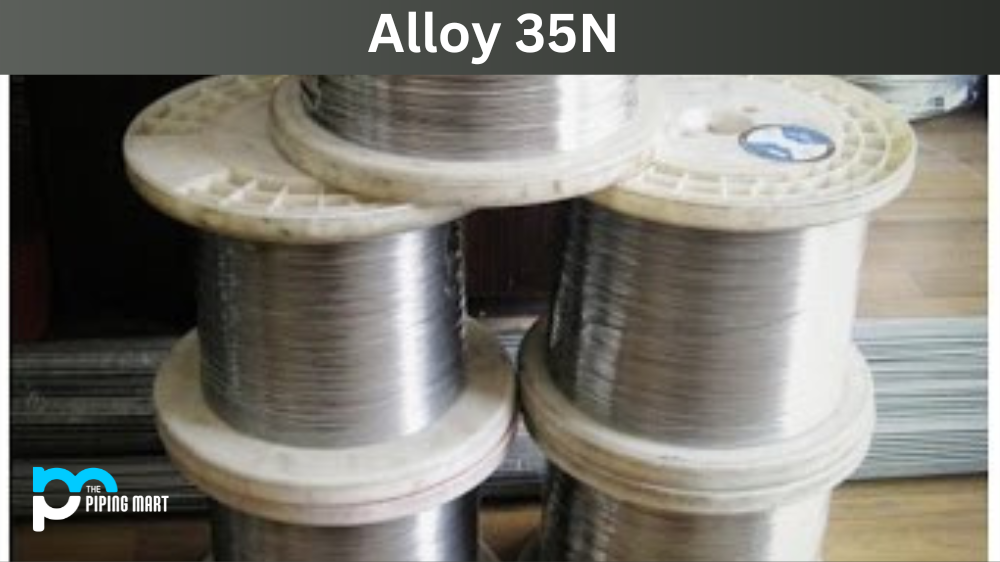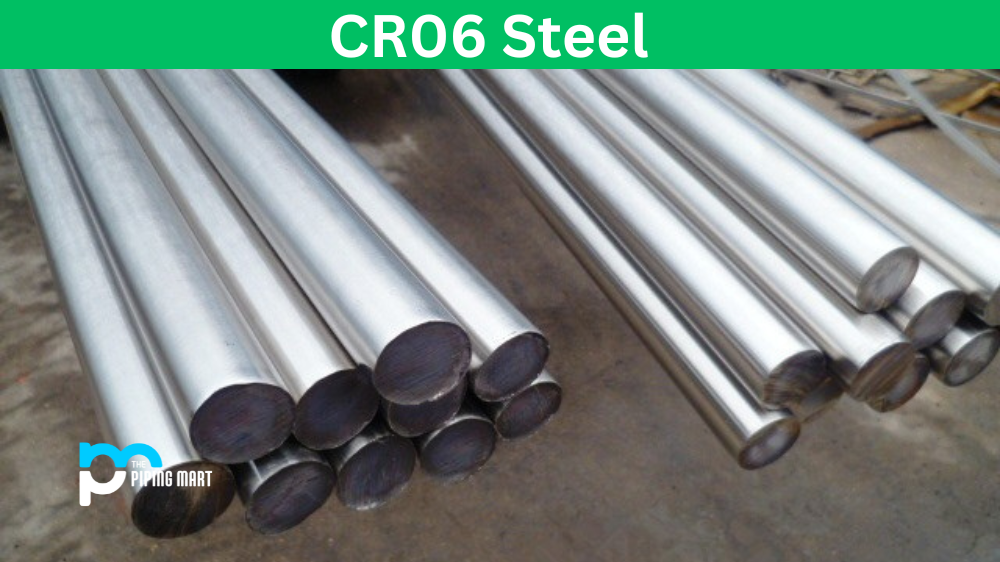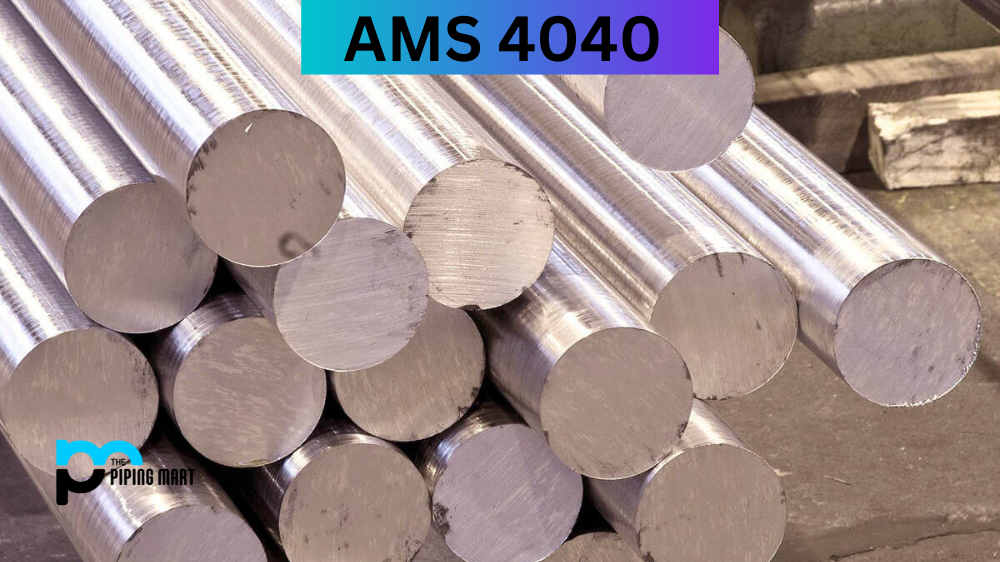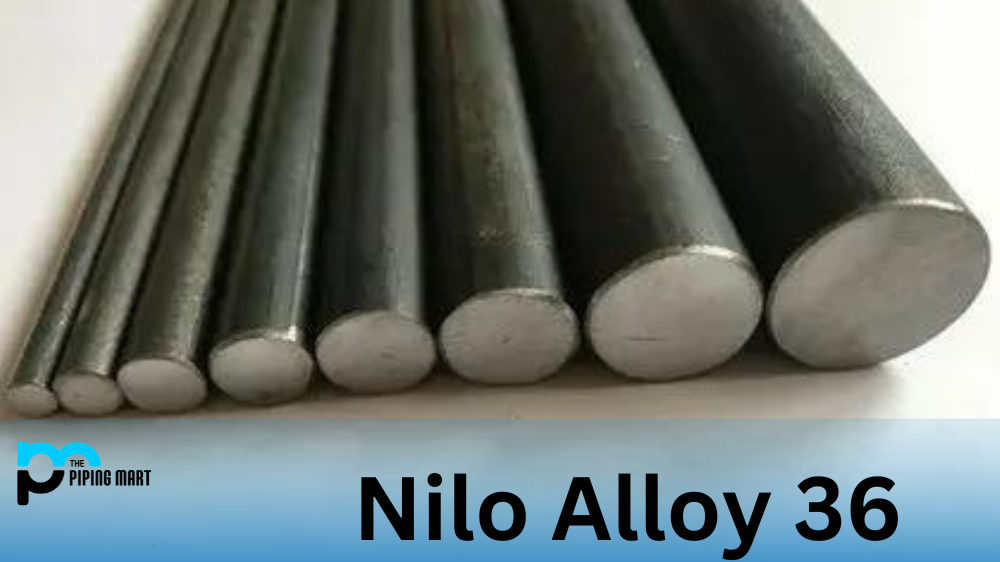If you are looking for a high-performance alloy that can withstand extreme temperatures, pressure, and corrosive environments, Alloy 35N might be the perfect fit for your needs. This advanced nickel-based alloy offers a unique combination of mechanical and physical properties that make it ideal for various industrial applications, from aerospace and gas turbines to chemical processing and oil drilling. So, what makes Alloy 35N so unique? In this article, we will delve into the composition, properties, and uses of Alloy 35N to help you understand how it works and why it matters.
Alloy 35N Composition
Alloy 35N (also known as MP159 or Rene 41) is a nickel-cobalt-chromium superalloy that contains 39% nickel, 20% cobalt, 19% chromium, 9.5% molybdenum, and other elements such as titanium, aluminium, and tungsten. This alloy is designed to provide high strength, toughness, and resistance to thermal fatigue, creep, and corrosion. The unique composition of Alloy 35N makes it highly resistant to oxidation, sulfidation, and other forms of environmental attack, even at temperatures exceeding 982°C (1800°F).
| Element | Content (%) |
|---|---|
| Cobalt, Co | 35 |
| Nickel, Ni | 35 |
| Chromium, Cr | 20 |
| Molybdenum, Mo | 9.80 |
| Carbon, C | 0.013 |
Alloy 35N Mechanical Properties
Alloy 35N exhibits excellent mechanical performance, including high tensile strength (up to 1250 MPa), yield strength (up to 870 MPa), and elongation (up to 25%). This alloy also has good hardness (up to 38 HRC), fatigue strength, and fracture toughness, which make it suitable for demanding applications such as jet engine components, land-based gas turbines, and nuclear reactors. Additionally, Alloy 35N has good weldability and machinability, simplifying the fabrication and assembly process.
| Properties | Metric | Imperial |
|---|---|---|
| Tensile strength | 897 MPa | 130000 psi |
| Yield strength (@strain 0.200 %) | 517 MPa | 75000 psi |
| Elongation at break | 30% | 30% |
| Reduction of area | 35% | 35% |
| Hardness, Brinell (estimated from Rockwell C value for Brinell test with 3000 kg load/10 mm diameter ball) | 278 | 278 |
| Hardness, Knoop (estimated from Rockwell C value) | 301 | 301 |
| Hardness, Rockwell C | 28 | 28 |
| Hardness, Vickers (estimated from Rockwell C value) | 292 | 292 |
Alloy 35N Physical Properties
Alloy 35N has several physical properties that enhance its functionality and durability. For instance, this alloy has a relatively low thermal expansion coefficient (7.6 µm/m.K), which reduces the risk of thermal distortion and cracking. Alloy 35N also has a high thermal conductivity (17 W/m.K), which allows for efficient heat dissipation and cooling. Furthermore, this alloy has a high density of 8.27 g/cm³, which makes it heavier than other super alloys but also provides better mechanical stability and resistance to vibration.
| Properties | Metric | Imperial |
|---|---|---|
| Density | 8.41 g/cm3 | 0.304 lb/in3 |
| Melting point | 1416°C | 2580°F |
Equivalent
- AMS 5758
- AMS 5844
- AMS 5845
- SPS M646
Alloy 35N Uses
Alloy 35N has a wide range of industrial applications that require high temperature and corrosion resistance. Some of the typical uses of includes:
- Aerospace and defence: engine components, airframe structures, exhaust systems, landing gears, fuel nozzles, and heat exchangers.
- Gas and steam turbines: turbine blades, rotors, discs, and casings.
- Chemical processing: reactors, heat exchangers, valves, and piping systems.
- Oil and gas: drilling equipment, wellhead components, valves, and pipelines.
- Nuclear energy: fuel cladding, control rods, and reactor internals.
Alloy 35N Corrosion Resistance
One of the most impressive properties of Alloy 35N is its exceptional resistance to various forms of corrosion, including oxidation, sulfidation, nitridation, and carburization. This is due to the high concentration of nickel and chromium in the alloy, which forms a protective oxide layer that prevents further corrosion. Additionally, Alloy 35N has good resistance to both aqueous and non-aqueous environments, such as acids, alkalis, and salts. This makes it a popular choice for applications that require resistance to corrosive gases and liquids.
Alloy 35N Welding
Another critical aspect of Alloy 35N is its weldability, which allows for easy joining of multiple pieces or sections. However, welding of Alloy 35N requires careful attention to the welding process and selecting appropriate filler materials. For instance, gas tungsten arc welding (GTAW) is preferred for welding this alloy due to its low heat input and precise control of the weld pool. Similarly, a nickel-based filler metal such as Alloy 625 or 686 is recommended for joining Alloy 35N, as it matches the base material’s chemical composition and mechanical properties.
Conclusion
In conclusion, Alloy 35N is a unique and valuable superalloy that offers exceptional strength, toughness, and corrosion resistance under extreme conditions. Its composition, mechanical and physical properties, and welding characteristics make it an attractive option for various industries that require high-performance materials. By understanding the properties and applications of Alloy 35N, you can make an informed decision about whether it is the right choice for your specific needs. Choosing the suitable alloy can make all the difference in the performance, reliability, and durability of your equipment or product.

Hey, I’m Krutik, a casual blogger expert in the metal industry. I am passionate about providing valuable information to my readers. With a background in engineering and construction, I like playing Cricket & watching Netflix shows in my free time. Thank you for visiting my blog, and I hope you find my information helpful!




